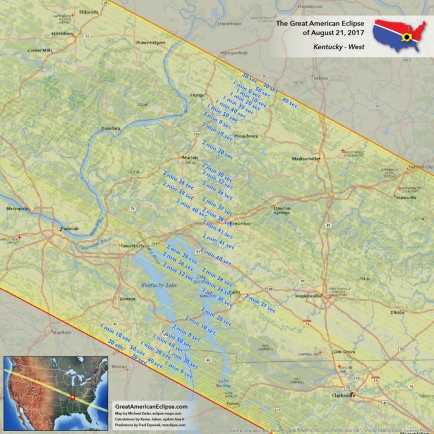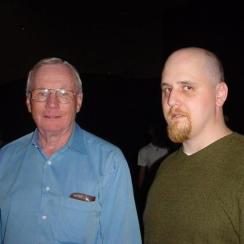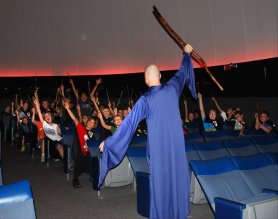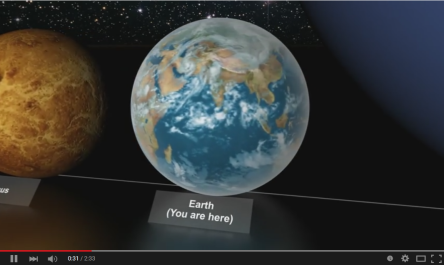By JOE CHILDERS
Chances are you’ve heard that a rare astronomical event is happening on August 21; a total eclipse of the Sun. Not only is it rare (there hasn’t been one visible from the Miami Valley since 831 CE), it is also spectacular! Indeed, eclipse expert Fred Espenak, who has been under the moon’s shadow more than twenty times, says “In rating natural wonders, on a scale of 1 to 10 a total solar eclipse is a million.”

Total Solar Eclipse In France 1999 (Luc Viatour/wwwLucnix.be)
From Dayton this August we’ll see a deep partial eclipse—close, but no cigar. We will get to see a total (or totality) solar eclipse on April 8, 2024, but if you’re impatient or don’t want to risk bad weather, you’ll want to travel down to Kentucky or Tennessee to see this year’s eclipse.
Here are three things you need to know:
- Do not expect to find a hotel, campground, or any other kind of accommodations whatsoever within driving distance of the eclipse path.
When it’s been forty years since the last American total solar eclipse, people who have been looking forward their entire lives to this got their reservations in early—up to three years ago! So plan to sleep in your car, if at all.
- Do expect that traffic will be horrible that morning.
Everyone else who realized at this late date that there are no accommodations available will be driving in the morning of. The eclipse happens around 2:30 p.m. or so in the afternoon, varying a little by location. You want to get into the path of totality many hours before that, lest you risk being stuck in traffic outside of totality.
- Do know that the eclipse is definitely worth taking a day off work, pulling the kids out of school, and putting up with nasty logistics to go see in person!
One cannot overemphasize how impressive a total solar eclipse is. Photographs like this one do not do it justice. Everyone has a limited number of opportunities to see a total solar eclipse in their lifetime, and everyone who sees one remembers it for the rest of their life!

Solar Eclipse Map Across Kentucky (GreatEclipse.Com © Michael Zeiler 2014)
So my suggestion is this: plan to drive down in the pre-dawn hours of August 21, map out state highways that are less likely than interstates to be congested, and plan to see the eclipse from a box-store parking lot or a similar easily-accessed location. But if you decide to stay in the Miami Valley, come on down to the Boonshoft Museum that day for all sorts of fun, eclipse activities for our partial eclipse!
Visit https://www.greatamericaneclipse.com for more on this topic.






